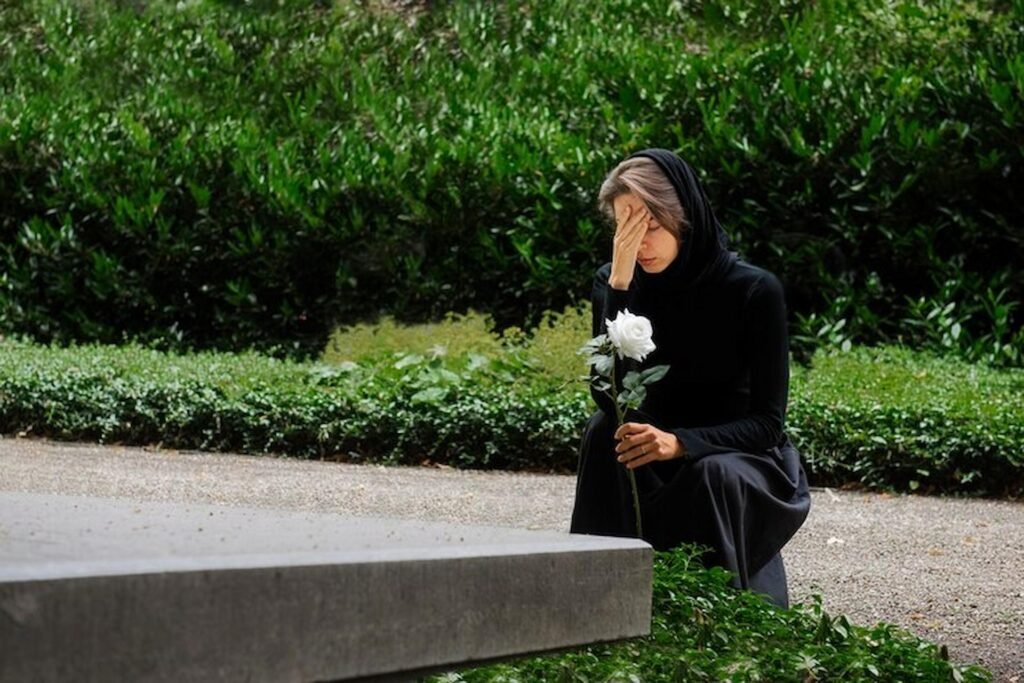In recent years, Hunnaball has witnessed a quiet evolution in the funeral industry. Traditional funeral practices are being reexamine, and a new trend is emerging—direct cremations.
Once considered an unconventional choice, direct cremation is steadily gaining popularity for its simplicity, cost-effectiveness, and flexibility.
In this blog post, we’ll explore the rise of direct cremation in modern times and why an increasing number of individuals and families are opting for this streamlined and meaningful approach to end-of-life services.
The Simplicity Advantage
One of the primary reasons behind the surge in interest in direct cremation is its simplicity.
Unlike traditional funeral services, which often involve elaborate ceremonies, coffins, and embalming, direct cremation streamlines the process.
The deceased is cremated shortly after death without a preceding funeral service. This simplicity not only aligns with a growing societal shift toward minimalism but also allows for a more straightforward and less burdensome experience for grieving families.
Cost-Effectiveness in a Changing Landscape
The cost of traditional funerals can be a significant financial burden for many families. From funeral home services to burial plots and coffins, the expenses can quickly add up.
Direct cremation offers a more budget-friendly alternative. By eliminating certain elements, families can significantly reduce the overall cost of end-of-life services. This financial flexibility is a driving force behind the increasing popularity of direct cremation.
Changing Attitudes Towards Rituals
In modern times, there’s a noticeable shift in attitudes toward traditional rituals. Many people are seeking alternative ways to celebrate the lives of their loved ones that are more reflective of their unique personalities and values.
Direct cremation provides a canvas for creative and personalised memorialisation. Families can choose to hold a memorial service at a time and place that is meaningful to them, incorporating elements that resonate with the individuality of the departed.
Environmental Considerations
With a growing awareness of environmental issues, individuals are increasingly mindful of the ecological impact of traditional burial practices.
Traditional burials often involve the use of non-biodegradable coffins and embalming fluids that can have long-term effects on the environment.
Direct cremation, by contrast, is generally considered a more eco-friendly option. It reduces the need for land usage associated with burial and minimises the use of resources in the funeral process.
Flexibility for Grieving Families
Direct cremation offers grieving families the flexibility to plan memorial services that align with their schedules and preferences.
Without the time constraints often associated with traditional funeral services, families can take the time they need to make thoughtful decisions about how to honour and remember their loved ones.
This flexibility empowers families to create a meaningful and personalised farewell that truly reflects the spirit of the departed.
Rising Acceptance in Society
As direct cremation becomes more widely accepted, the societal stigma surrounding it is diminishing. Families are finding comfort in knowing that they have choices when it comes to end-of-life services, and they can select an option that best aligns with their needs and values.
This increased acceptance is contributing to the normalisation of direct cremation as a viable and respectable choice for honouring and remembering loved ones.

